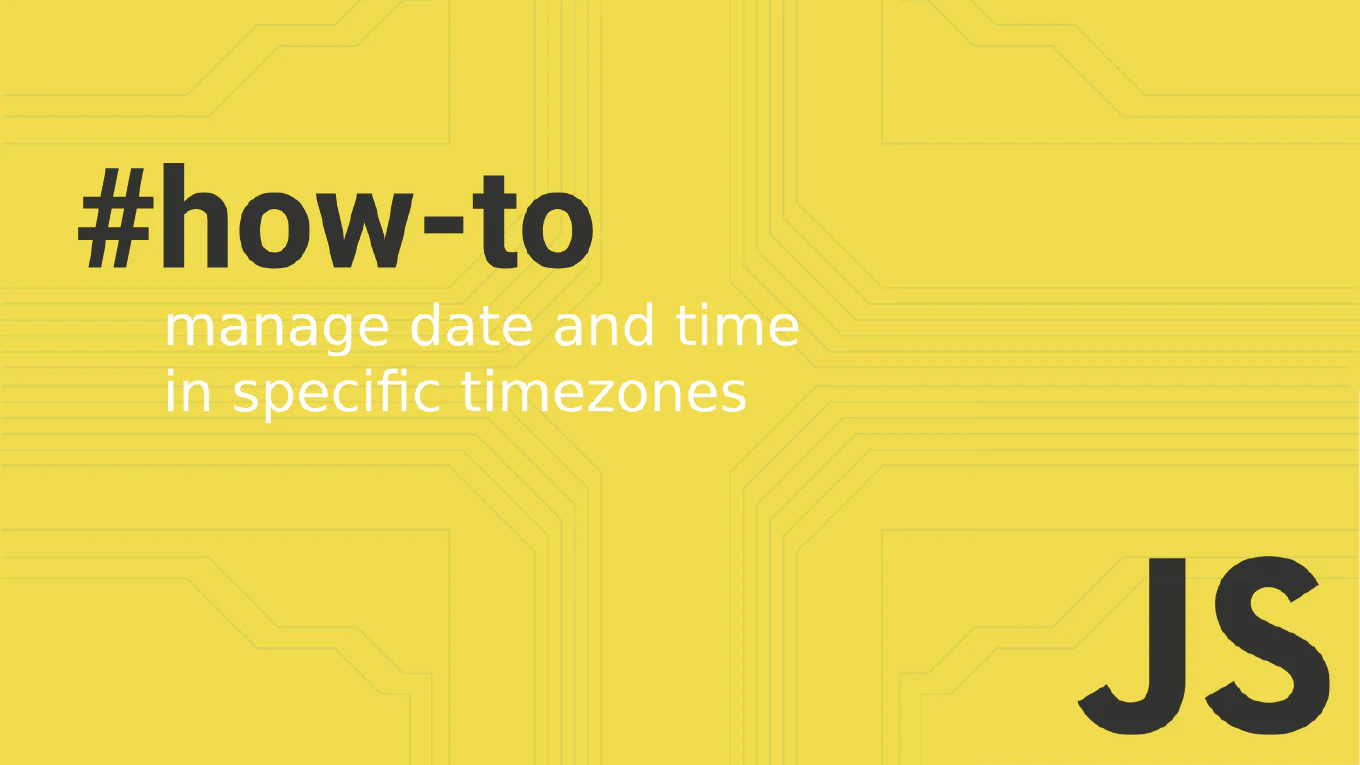How to use interactive rebase in Git
Using interactive rebase in Git enables precise commit history editing for cleaner project timelines, squashed commits, and organized development workflows. As the creator of CoreUI with over 11 years of Git experience in enterprise development, I’ve used interactive rebase extensively to maintain clean commit histories in large-scale projects. From my expertise, the most effective approach is using interactive rebase to squash related commits, fix commit messages, and reorder changes before merging feature branches. This technique ensures professional commit histories that clearly communicate project evolution and facilitate easier code reviews.
How to squash merge in Git
Squash merging combines all commits from a feature branch into a single commit when merging to maintain a clean, linear project history.
As the creator of CoreUI, a widely used open-source UI library, and with over 25 years of experience in software development, I’ve managed thousands of feature merges where clean commit history is crucial for project maintenance.
The most effective approach is using git merge --squash, which combines all changes from the feature branch into staging without creating a merge commit.
This method is perfect for feature branches with multiple work-in-progress commits that should be consolidated.
How to Hard Reset in Git
A hard reset in Git completely discards all changes in your working directory and staging area, reverting everything to a specific commit state. As the creator of CoreUI with over 25 years of software development experience, I use hard resets carefully when I need to completely abandon current changes and return to a clean state. This operation is destructive and cannot be easily undone, so use it with caution.



